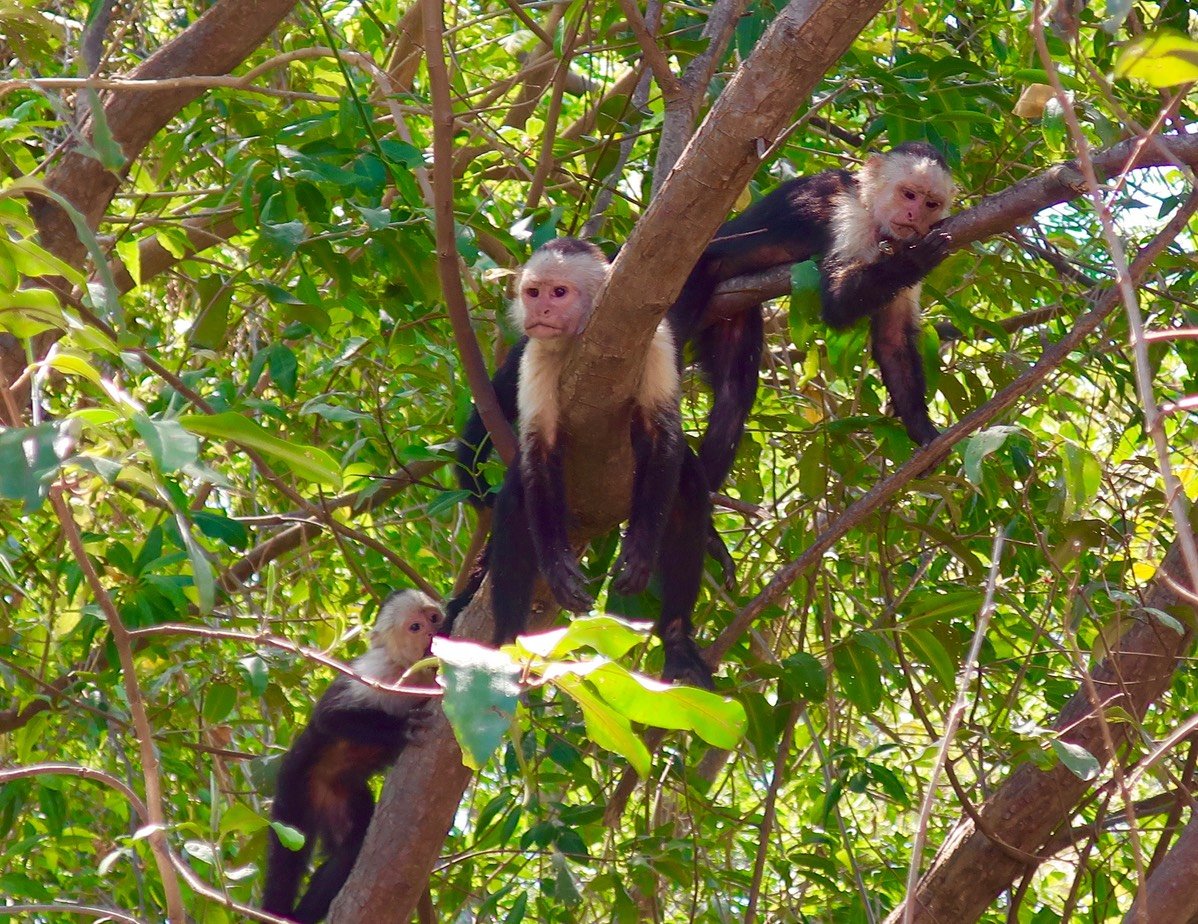Forget the Monkey Mind: Remember this Instead
Mind
As I was making my way through a jungle of thoughts while running on a treadmill at the gym, I mused about a metaphor that’s often applied to the human mind. In meditation circles, the constant chatter of a restless mind is frequently referred to as the “monkey mind”. If you’ve ever observed a monkey in the wild, they can very quickly divert their attention towards every coconut and potential predator on the scene. From the outside, it appears that they’re hyper-distractible. It’s quite possible that they’re very attentive and mindful to what matters, although that’s an issue for neuroscience to explore, which is beyond the scope of this blog.
At least on the surface, the monkey mind seems like an apt metaphor for the nature of most people’s minds. Even many long-term meditators readily admit that they often experience wild thoughts and distractions in the midst of their meditations. That, of course, does not have to be a problem.
Body
My curious thought about the monkey mind had to do with forgetting about the monkey mind and instead remembering the ‘monkey body’. When a monkey is taking a break from attending to food sources, potential mates, adversaries, and predators—like most mammals, they become extremely relaxed. Their bodies get limp, and they hang on tree branches like leaves dangling in the wind. So, instead of being overly concerned about the monkey mind in meditation, if you practice with the relaxed presence of a monkey, the monkey mind will often follow suit.
Breath
In the mindful movement practices of Qigong and Tai Chi, it’s often said that, “Where the body goes, the mind follows”. This translates into a relaxed body creating conditions for the cultivation of a calm mind. And although you really don’t need to forget about the monkey mind, remembering the monkey body can create greater ease in unifying the mind-body through the bridge that connects them—the breath. While many traditional forms of meditation are not concerned about regulating the breath, in the practice of mindful movement, the practitioner intentionally cultivates a breathing process that is long, slow, and deep. Regulating the breath is thought to be easier than regulating the mind or body. And where the breath goes, the body-mind often follows.
An invitation
In this moment, I invite you to soften your belly and take three to five long, slow, deep breaths. Notice what happens to your body and mind when you do so. Perhaps that monkey is now resting outstretched upon a tree branch. Or maybe they’re refreshed and ready for action!
© 2019 Larry Cammarata, Ph.D., Licensed Psychologist and Mindfulness Educator
Mindfulness Travels provides continuing education retreats to beautiful, inspiring places throughout the world with leaders in the fields of mindfulness-based psychology, process-based therapy, and mindful movement.
